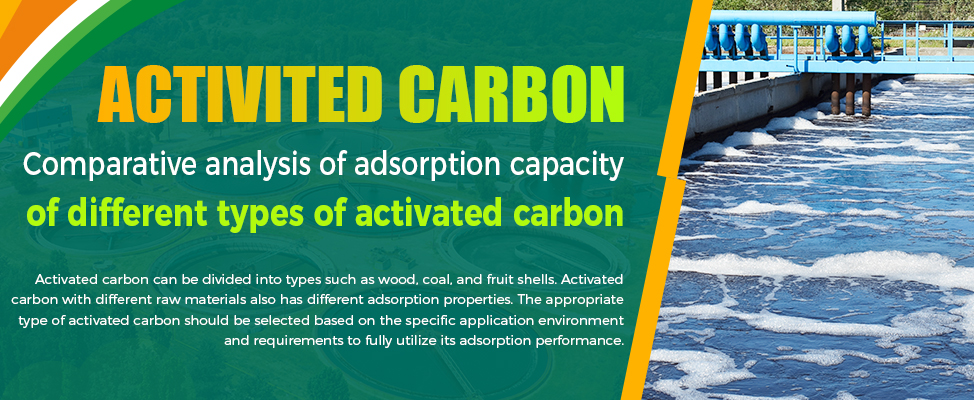 Activated carbon plays a vital role in water treatment due to its excellent adsorption properties, capable of removing organic matter, chlorine, heavy metals, odors, and color. However, different types of activated carbon—such as coconut shell, coal-based, and wood-based—have distinct pore structures and adsorption capacities. This article compares these three types to help users select the most suitable product for their application.
Activated carbon plays a vital role in water treatment due to its excellent adsorption properties, capable of removing organic matter, chlorine, heavy metals, odors, and color. However, different types of activated carbon—such as coconut shell, coal-based, and wood-based—have distinct pore structures and adsorption capacities. This article compares these three types to help users select the most suitable product for their application.
Coal-based Activated Carbon
-Raw Material: Anthracite/Bituminous coal
-Advantages: High mechanical strength, macroporous structure
-Key Parameters: Iodine value ≥800mg/g, BET surface area 900-1100㎡/g
Wood-based Activated Carbon
-Raw Material: Peach pits/Apricot shells
-Advantages: Rapid adsorption kinetics
-Key Parameters: Methylene blue value ≥150mg/g, CTC adsorption ≥60%
Coconut Shell Activated Carbon
-Raw Material: Southeast Asian coconut shells
-Advantages: Ultra-high microporosityKey Parameters: Iodine value ≥1000mg/g, Ash content ≤5%
-(Embed interactive comparison chart with filter function)
-Iodine Number: Coconut > Coal > Wood (Microporosity)
-Methylene Blue: Wood > Coconut > Coal (Mesopores)
-Chlorine Removal: Coconut 92% vs Coal 85% (EPA test standard)
| Application | Recommended Type | Technical Reason |
|---|---|---|
| Drinking Water | Coconut Shell | Superior heavy metal removal |
| Textile Wastewater | Coal-based | Effective dye molecule capture |
| Pharmaceutical | Wood-based | Low ash content compliance |
Test your water’s TOC level before selection
Consider reactivation cycles for cost control

Please contact us for free quotation by form below. We promise the quickest response within 24 hours: